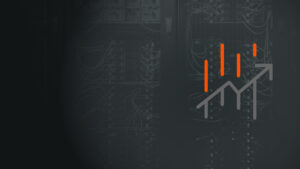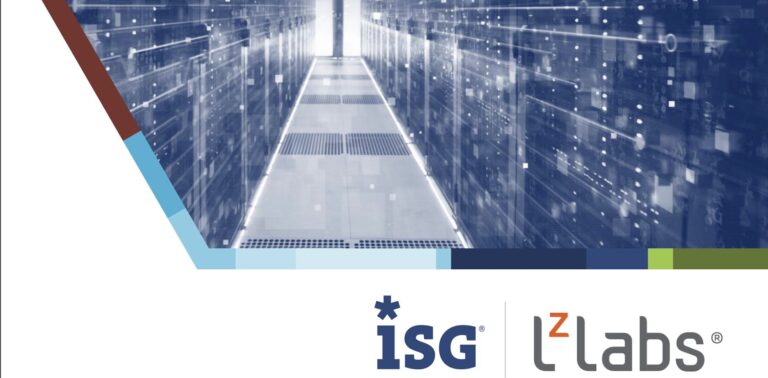Establishing trust
Our customers are mainframe experts. They typically have a huge amount of knowledge about the mainframe. However, over time, many mainframe environments have been outsourced to at least two parties: Infrastructure services providers (ISPs) – responsible for running hardware, subsystems and operating systems – and application services providers (ASPs) – responsible for application architecture, code and job controls.
With multiple entities involved and crucial knowledge divided, mainframe environments can become convoluted. For those companies considering rehosting mainframe to cloud or to open systems, designing a future state for applications and data presents a significant challenge.
We work with companies to solve this conundrum. We place significant focus on team building and partnership with our customers through a discovery project. This mutual trust builds the basis for a successful migration.
Core benefits of a good discovery process
1) Form a picture of your current mainframe environment
We start with artefact gathering, which involves two core elements: a series of technical workshops, where we’re shown the functioning environment and assess the existing testing and development setup. We then arrange collection of the customer’s mainframe artefacts. Artefacts include source code, job controls, schedules and databases, along with a list of third-party software installed on the system.
Analysis of core artefacts is performed using our suite of proprietary tools. This helps us to develop an “as-is” architecture overview displaying every element of the company’s mainframe environment.
2) Design your ideal future estate
Once the mainframe is understood, the second phase of discovery is to establish how applications can function in a modern, open systems world.
During this phase, we examine the “as-is” architecture, and design its future state. This phase involves selection of hardware, along with software and third party tooling, available in open-source or distributed versions. Our goal is to achieve minimum viable functionality in the target environment to deliver the exact result expected by the business.
Common challenges in this phase include identifying how each functional element of the mainframe environment is achieved in the target architecture. How is a certain ISV product migrated? Is a replacement available in the open-source world? Is it still required at all?
It is common for some tooling (and millions of Euros in annual fees) to be removed entirely in this process. Meanwhile minimum technical requirements for high availability failover and support for company-wide applications such as printing often require rigorous planning. Custom elements must also be addressed– a large European insurance customer of ours required a calculation engine for insurance contracts. The product vendor granted an evaluation licence for LzSDM, and we were able to migrate it as-is to the new environment.
3) Develop a concrete plan to get from A to B
Once the target environment for applications to be migrated is understood, a platform can be chosen that enables applications to be migrated successfully and with least business disruption.
We work with our customers’ teams to answer the most common questions for migration planning: should the migration be “big bang” or incremental? How should applications, tooling and data be extracted? Do we have latency/network challenges? On-premises or cloud?
From here, a business case calculation can be provided to determine next steps, and economic considerations such as resourcing and budgets defined. At the end of discovery, our proposal includes a full schedule and price offer for migration, typically delivered in conjunction with one of our systems integration partners.
4) Understand your opportunities for application modernisation
It typically takes a full discovery process to communicate the full power of our mainframe modernisation capabilities. By this stage, our customers’ eyes are opened to the opportunities inherent in open systems and our discussions often turn to options for modernisation. These include incremental transcoding, tooling replacement options, cost saving and efficiency and modernisation paths for future development, testing and scalability.
With full knowledge of your mainframe environment, a clear view of your migration journey and a glimpse of the modernisation opportunities available when legacy applications are moved to open systems, you are equipped for migration.


